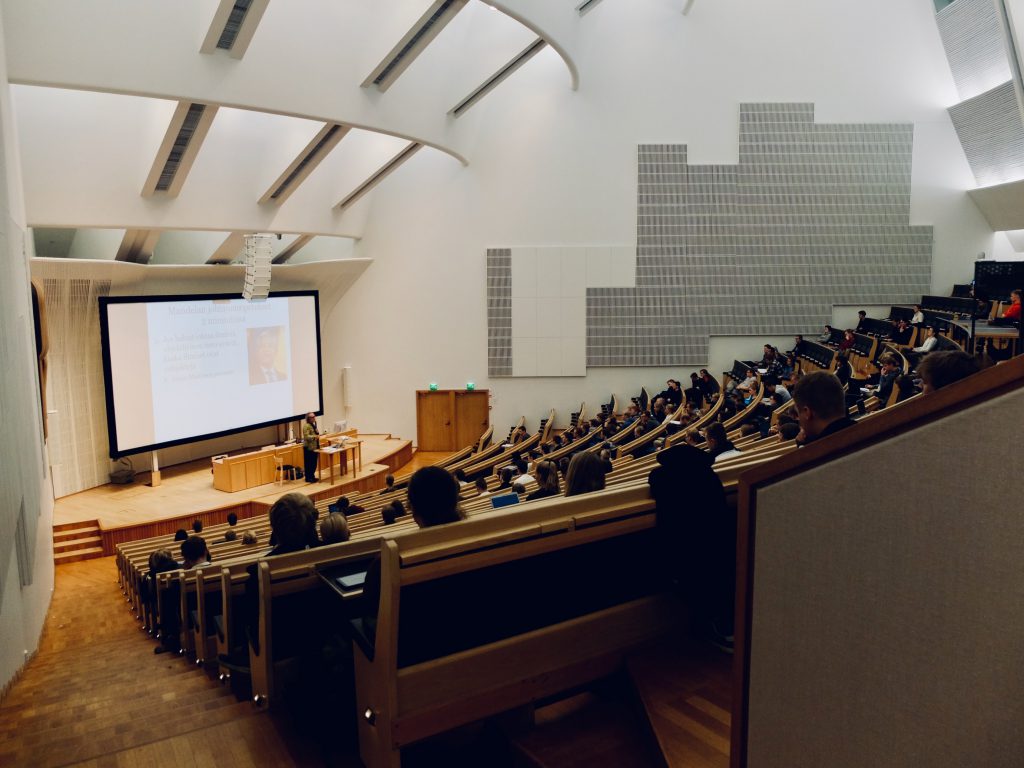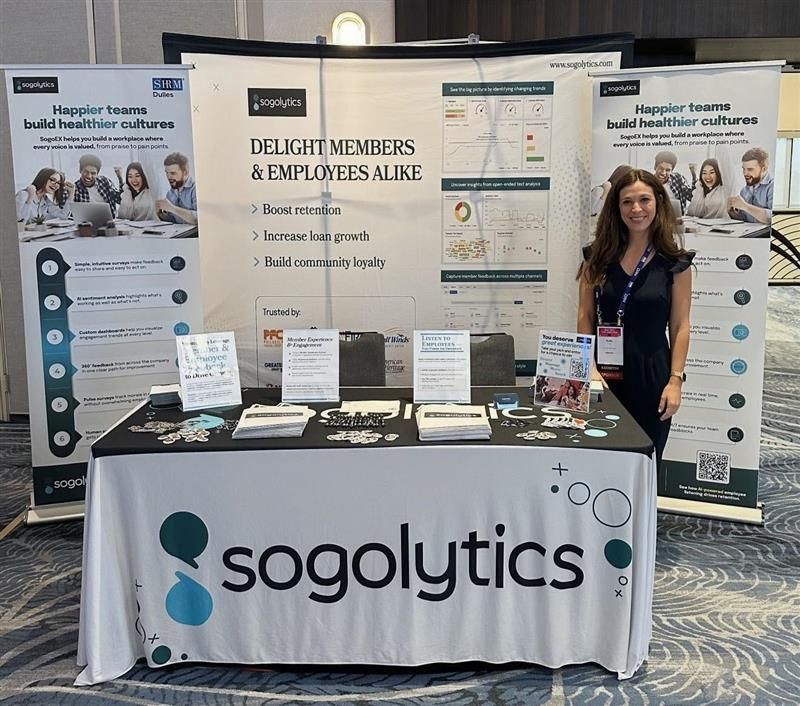I remember looking at colleges while in high school, wondering where my next four years would be located. I also remember being very opinionated and sometimes close-minded about schools depending on how they would present the campus, culture, and everything in between. Now that I am out of high school, out of college, and in the professional world (yay!) – I’ve been reflecting on the marketing strategies and (customer!) experience that higher education institutions provide to either win more potential students or lose those students entirely.

A college’s marketing strategy is a bit different compared to any other product. There is so much driving the decision to attend one school over another, and some factors are within the school’s control while many aren’t.
The audience for a university’s marketing is pretty straightforward: 18-20 year olds who are looking to earn a bachelor’s degree and potentially go on to earn an advanced degree. Even then, the audience is so large that it can be difficult to meet every sub-group, not to mention all the additional hurdles added by the COVID-19 pandemic. Luckily, there are some things to keep in mind to help bring many applications to your admissions office every fall and spring.
Tour Guides Matter
If you remember any of your friends being a tour guide at your college, you’ll typically remember them as upbeat and friendly. The reason they were chosen to be a tour guide for prospective students is because that is what your university/college hopes will help to get a larger number of applications and acceptances.
I went on a lot of college tours, and you might have too. Or maybe you’re getting ready to join tours with your child as they begin their college search. Either way, the easiest way for a college tour to go sour is for a lame duck tour guide to be introducing the college to you and your family. The only time my parents ever let us leave a college tour mid-way through was when we experienced the worst college tour we had ever been on. Everything was so unimpressive, and an unenthusiastic tour guide wasn’t helping to put any kind of sparkle or shine on it.
Some prospective students take tours of multiple colleges within a week. If your university can’t stand out and make that prospective student say, “Wow, this place has to make my top three now,” you need to re-evaluate your college touring process. The best tours I remember going on were the ones that made me realize how difficult the college decision was going to be, even after I had “locked down” my number one choice.
Programs Offered
There are many students going into college who don’t know what their major is, and that’s fine (the numbers vary on how many “undecided majors” enter college, but there are a good amount). Sometimes a student may get accepted into their dream school with their dream major, and then realize two semesters in that they hate the major they chose and want to go in a different direction. The bright side: it’s called the “college try” for a reason! Change your major and try again.
If a university doesn’t offer students a wide variety of majors/minors/other programs, it could risk losing those students to other institutions. One university I toured (the same one with the lackluster tour) had no communications program. That alarmed me for two reasons:
- If the institution didn’t have that major, I wasn’t really interested in applying.
- If the institution didn’t have a communications program, how many other programs are lacking?
At that point, all hope for that university to get me to apply had gone out the window. I understand that the programs offered depends on university size and budget, but the more options you provide to prospective students, the better it will be for everyone. This means that an undecided freshman can take a variety of classes to discover what they want to major in. It could also help a student explore other options. An engineering major might take an economics class and discover a new interest – and a new major.
Facilities (Academic and Housing)
Like programs and courses of study, high-quality housing and academic facilities depend on the size of the college/university and the institution’s budget. If your higher education institution can offer state-of-the-art academic and housing facilities, you’ll be able to attract and retain more students.
Academic Facilities
If students are working in a lab and feel like everything is falling apart, that might be the final straw for them to put in their transfer papers to go elsewhere. Or if they feel like their tuition dollars are going toward crumbling academic buildings that aren’t being used properly, they might go elsewhere. I know that not all universities use student tuition to fund facilities, but students will make this point all the time, whether it’s valid or not.
If you can provide the best to your students, more will stay and, more than likely, deliver their best in the classroom.
Housing Facilities
Everyone can remember their first dorm, and many probably don’t have fond memories of their living situation at that time. Outdated housing may not be the nail in the coffin for some prospective students, but it can be a plus if you offer things like ensuite bathrooms rather than a bathroom down the hall, or more bedroom space – with only two people to a room (rather than three). If you can provide your first-year students with a place where they can meet others while also having plenty of space to themselves, you’ll have a leg up on your competition.
Conclusion
Even if you have the best tour guides, all of the programs students ask for, and state-of-the-art facilities, you aren’t going to be the top school for everyone. The decision to go to a college/university is a complex one based on many factors beyond the school’s control. Maybe a student wants to be close to their hometown or go to the school where a sibling is attending, or maybe they want to be on the opposite side of the country. Just like any other CX situation, even when you deliver your best it won’t be right for some, and that’s okay!

I know that this blog covered a lot of different perspectives, but here are a couple of important messages for the two main audiences interested in this topic:
For Students
I understand how stressful the college search can be. Do your best to understand what you want out of your college experience, and then try to find a school that can match it. Also remember that on tours and visits you’re seeing the school’s best PR efforts, so it might not match the school experience in reality. Ask students who aren’t involved with the school’s marketing efforts to learn more about the institution’s vibe.
For Colleges/Universities
Bring your school’s biggest fans to show the school to prospective students, do your best to offer a wide array of programs, and provide the best living and academic facilities for your current and future students. That way, when potential applicants ask current students their thoughts on your school, hopefully they’ll only hear positive things.














